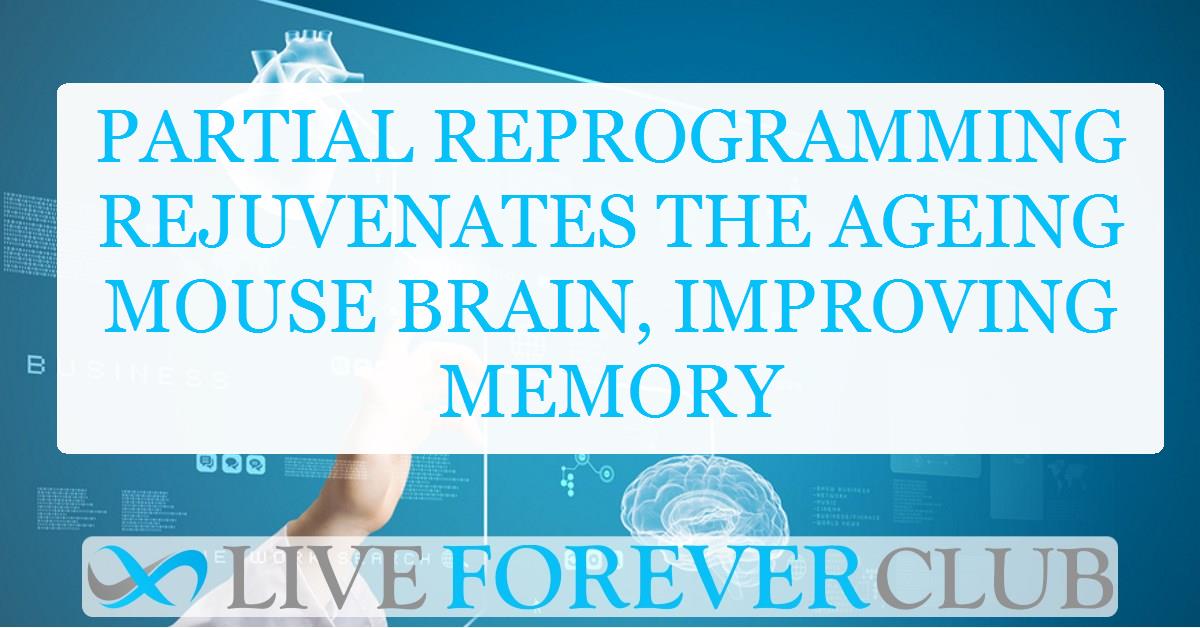The quest to understand and combat the effects of ageing has led scientists down many fascinating paths. One such path involves the concept of cellular reprogramming, a technique that can essentially 'rewind' the clock on cells, making them behave as if they were younger. While this field holds immense promise, it's also fraught with challenges, particularly when it comes to the delicate and complex organ that is the brain.
A recent study published in bioRxiv delves into this exciting area of research, exploring the potential of partial reprogramming to rejuvenate the ageing brain and improve cognitive function in mice. The research, led by Dr. Alejandro Ocampo at the University of Lausanne, Switzerland, focused on the hippocampus, a brain region crucial for learning and memory.
Challenge of Ageing and the Brain
As we age, our brains undergo a series of changes that can lead to cognitive decline. These changes include the loss of neurons, reduced synaptic plasticity (the ability of neurons to form new connections), and alterations in gene expression. Age-related neurodegenerative diseases, such as Alzheimer's and Parkinson's, further exacerbate these changes, leading to more severe cognitive impairment.
While there's no shortage of research aimed at understanding and combating these age-related changes, progress has been slow. One of the major challenges lies in the fact that the brain has a limited capacity for regeneration. Unlike other organs, such as the skin or liver, the brain cannot easily replace lost or damaged neurons. This makes it particularly vulnerable to the ravages of time.
Promise of Partial Reprogramming
Cellular reprogramming, pioneered by Shinya Yamanaka, involves the use of four specific factors (Oct4, Sox2, Klf4, and c-Myc, collectively known as OSKM) to convert adult cells back into a pluripotent state, similar to embryonic stem cells. These reprogrammed cells, called induced pluripotent stem cells (iPSCs), have the potential to differentiate into any cell type in the body, offering a powerful tool for regenerative medicine.
However, the use of full reprogramming in living organisms raises significant safety concerns. The uncontrolled expression of OSKM factors can lead to the formation of tumors and other complications. To address this, scientists have turned to partial reprogramming, which involves a controlled and limited expression of these factors.
Targeting the Hippocampus
In this study, Dr. Ocampo and his team focused on the hippocampus, a brain region known to play a key role in memory formation and retrieval. The hippocampus also contains a unique population of neural stem cells that can generate new neurons throughout life, a process known as adult neurogenesis.
The researchers used two different approaches to induce partial reprogramming in the hippocampus of mice. The first involved the creation of a transgenic mouse model in which the OSKM factors could be specifically expressed in neurons. The second approach involved the use of lentiviral vectors to deliver the OSKM factors directly into the dentate gyrus, a subregion of the hippocampus.
Promising Results
The results of the study were encouraging. In aged mice, partial reprogramming led to improvements in learning and memory. The researchers observed an increase in the number of newborn neurons in the hippocampus, suggesting that partial reprogramming may stimulate adult neurogenesis.
Furthermore, the researchers found that partial reprogramming could reverse some of the age-related changes in gene expression in the hippocampus. This suggests that partial reprogramming may be able to 'rejuvenate' the brain at a molecular level.
Safety First
Importantly, the researchers did not observe any adverse effects associated with partial reprogramming in the mice. This is a crucial finding, as it suggests that this technique may be safe for use in humans.
Looking Ahead
While these results are promising, it's important to remember that this study was conducted in mice. More research is needed to determine whether partial reprogramming can be safely and effectively used to combat age-related cognitive decline and neurodegenerative diseases in humans.
However, this study represents an important step forward in our understanding of how to harness the power of cellular reprogramming to rejuvenate the ageing brain. It offers a glimmer of hope that one day, we may be able to slow down or even reverse the cognitive decline that often accompanies ageing.
The implications of this research extend far beyond the realm of ageing. If partial reprogramming can be safely and effectively applied to the human brain, it could potentially be used to treat a wide range of neurological disorders, from Alzheimer's and Parkinson's to traumatic brain injury and stroke.
The journey to unlock the full potential of partial reprogramming is just beginning. But with each new discovery, we move closer to a future where the effects of ageing and neurodegenerative diseases can be mitigated, allowing us to live longer, healthier, and more fulfilling lives.








